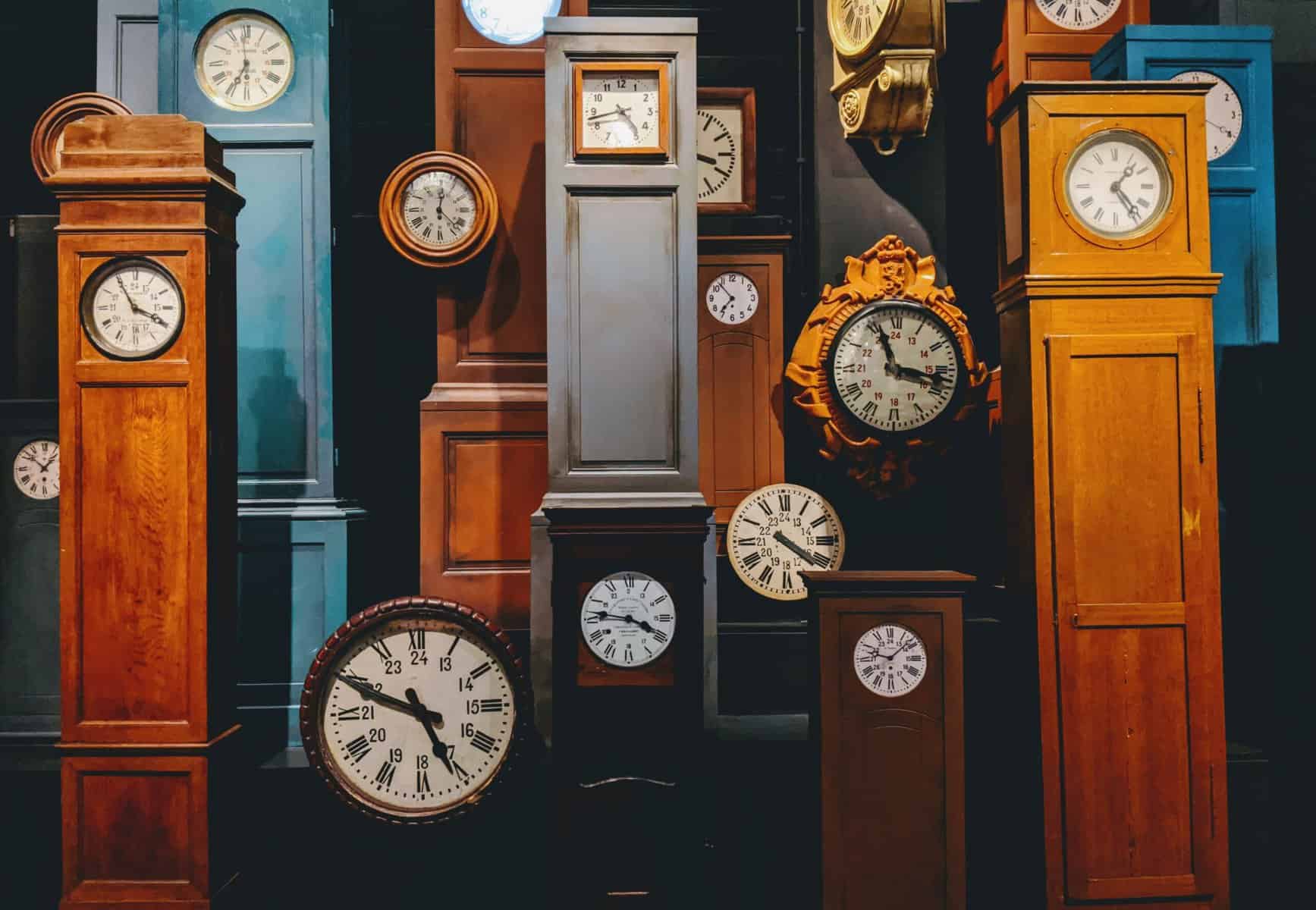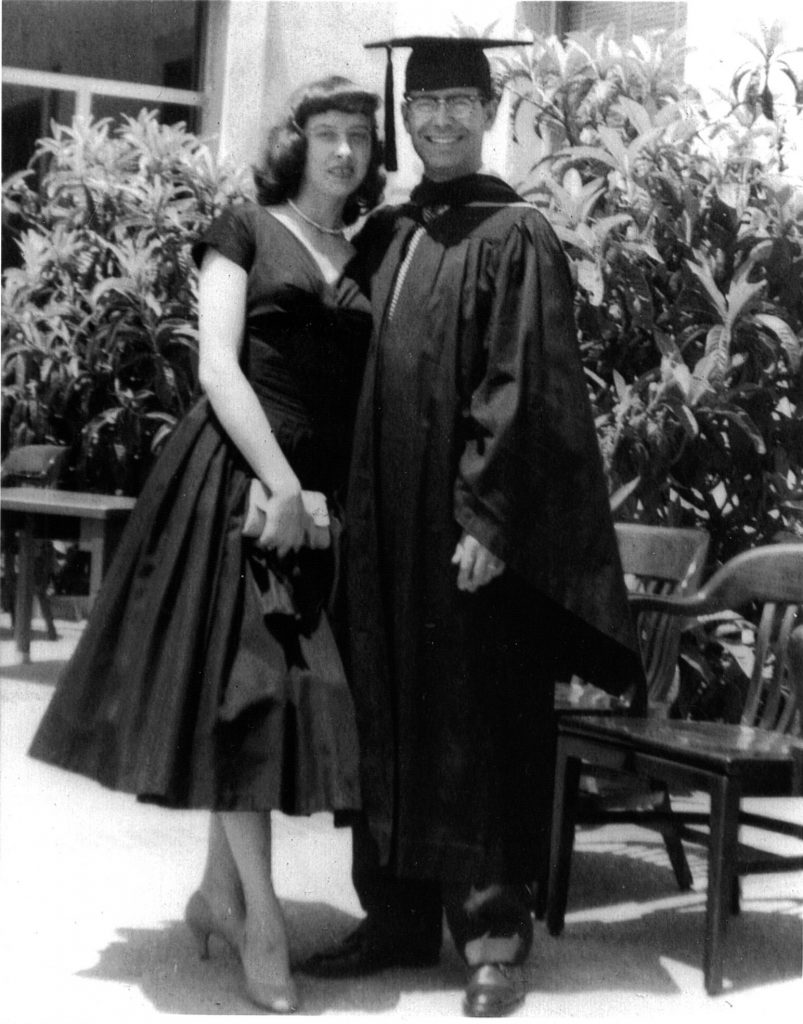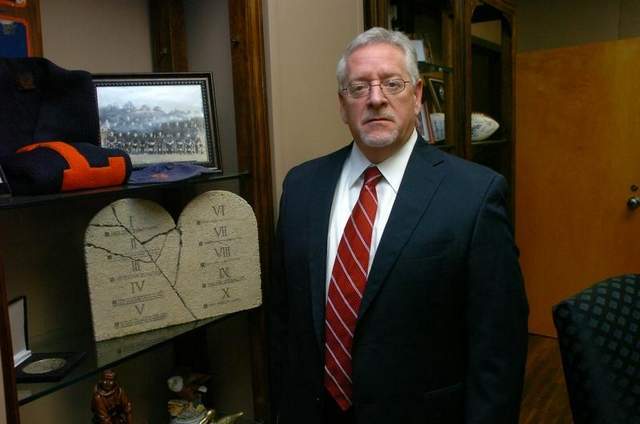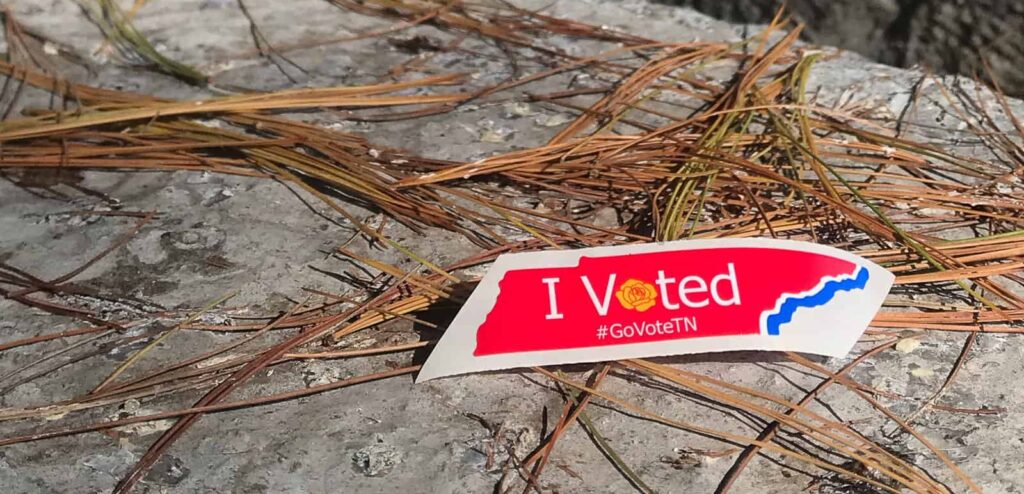One hour, twenty minutes.
That’s how long Hugo Tale-Yax lay on a sidewalk in New York, in front of shops and businesses, in the path of passersby.
One hour, twenty minutes during which dozens of people walked past Tale-Yax, some staring, some mocking, but most seeming to pay no attention at all as he lay dying on that sidewalk on an April morning, in 2010.
For one hour and twenty minutes, it simply was too easy to look the other way.
The tragic drama had begun to unfold when Hugo Tale-Yax, a homeless Guatemalan immigrant, tried to come to the aid of a woman who was being threatened by a knife-wielding man. Because of Tale-Yax’s assistance, the woman was able to escape unharmed. But the assailant stabbed her rescuer instead.
The woman, and the attacker, both fled the scene, running in opposite directions, leaving Tale-Yax wounded on the sidewalk.
One hour, twenty minutes, all caught on camera by a surveillance camera mounted on the building just in front of which the attack occurred.
One hour, twenty minutes during which no one in the passing cast of characters called for help. Not the woman who was saved from the attack, not the attacker; they both fled. Not any of the few gawkers; they kept walking. Not the curious man who took a photo of Tale-Yax with his cell phone; he hurried off, probably to share the photo with friends. Not the man who stopped and vigorously shook him, then left him exactly where he’d found him; whatever his motivations, he didn’t call for help, and he, too, continued on his way.
In the days immediately following the attack, as the grainy video footage made its way to news broadcasts all over the world, we questioned how so many people could see a man lying on the sidewalk yet do nothing to help him. Psychologists – professional, and amateur, alike – pontificated on talk shows. Some speculated that passersby likely thought that Tale-Yax was just another drunk who had passed out on a New York street; he’d eventually come to and stumble away. Others guessed that in the neighborhood where the attack occurred – home to many immigrants like Tale-Yax – other immigrants may have been afraid of being detained themselves if they stopped to help or called the police. Still, others thought that passersby may have feared that their efforts to help may have been misunderstood or misinterpreted by the victim as causing harm, not seeking to help, and steered clear to avoid liability.
But most expressed concerns about a phenomenon known as the bystander effect, the fancy name given to the theory that we are less likely to step in and help someone when others are nearby. The bystander effect came to be known as such after the murder of Kitty Genovese: As the 28-year-old woman screamed for help while being attacked outside her New York City apartment building in 1964, no one called police, one witness apparently claiming that he hadn’t wanted to get involved.
And, hence the irony, that Hugo Tale-Yax should die on a New York street and no one would come to his rescue, after he had come to the rescue of another, refusing to look away from the attack that was happening, and putting his own life in jeopardy in the process.
Tale-Yax’s tragic story isn’t the only one of its kind to shock our senses. In an op-ed written for the Washington Post following accusations of Penn State football coach Jerry Sandusky’s having sexually abused young male children over nearly a 30-year period during which multiple Penn State employees had reason to report Sandusky’s behavior to authorities but didn’t, columnist Alexandra Petri reminded readers that when an employee at a trendy Maryland retail shop was attacked by a co-worker, employees of a neighboring business admitted hearing her screaming and struggling with her attacker, but failed to call for help. When a toddler was hit by a van on a street in China, she was left injured in the middle of the street, only to be struck by a second vehicle, while dozens of people walked by. Petri wrote, “It is harder to do the right thing than it is to do the same thing as everyone else… [and if you look] around you and notice that everyone is doing nothing…you can conclude that nothing is the thing to do…”
Much more recently, Ralph Yarl, a 16-year-old who mistakenly went to the wrong home to pick up his younger twin brothers, was shot – after ringing the wrong doorbell. As he stumbled away from the site of his attack, screaming for help, neighbors remained in their homes. One neighbor phoned 911 and was told to remain in her home for her own safety since it was not clear where the attacker was. But the woman ended up running outside to help the youth; he was, she concluded, someone’s child – and he needed help.
In Luke’s Gospel – in response to a lawyer’s question about just who is a neighbor – Jesus tells a parable in which a man is injured by robbers and left for dead on the road between Jericho and Jerusalem. Two holy men – a priest and a Levite – pass along, but cross to the other side of the road. They do nothing to aid the injured man. A third passerby, a Samaritan, not only stops to aid the injured man, binding up his wounds, but also puts the man on his donkey, takes him to an inn, and pays the innkeeper to care for the man until he is able to make his way home. Jesus’ choice of a Samaritan as the rescuer was not accidental. Samaritans were long believed to be the product of marriages between Jews and Gentiles during the Assyrian conquest of Israel and were looked upon unfavorably (Dare we say, hated?) by ancient Jews (It’s not so unusual to have a dislike for half-siblings, is it?). Yet it is the very neighbor whom the injured man might have feared would do even more harm than good who comes to his rescue rendering aid, refusing to look the other way, refusing to leave the man, and potentially putting his own safety at risk. After he tells the parable, Jesus asks the lawyer who he would say was a neighbor to the injured man. The lawyer responds, “The one who showed mercy.” Jesus tells the lawyer, “Go and do likewise.”
In the last sermon that he would deliver before he was taken by an assassin’s bullet, Rev. Dr. Martin Luther King, Jr. reflected on this parable of the “Good Samaritan.” The two holy men, Dr. King mused, may have wondered first what might become of them should they stop to help. The Samaritan, he posited, wondered instead what would happen to the injured man if he didn’t stop. In April 1968, Dr. King had come to lend his voice and stature to the struggle of Memphis’ sanitation workers, striking for the same pay and working conditions as their white counterparts.
Dr. King didn’t remain silent; he didn’t look the other way. He wondered what would happen to injured men if he didn’t help.
What if it weren’t so easy to look the other way? What if that hidden camera filming Hugo Tale-Yax were filming us, right now? What would the grainy video capture us doing? Would it capture us walking past the injured neighbor, hiding among the frenzied crowd, paralyzed with fear, concerned with our own gains? Would we fail to speak up, to demand justice for the oppressed?
Would we, indifferent to scenes unfolding before us, simply look the other way?
We now ask ourselves who was a neighbor to Ralph Yarl that fateful night: a man who shot a teenager ringing the wrong doorbell? The neighbors who didn’t phone the police, even after the youth screamed for help? The one neighbor who phoned the police and went outside to render aid to another mother’s child?
When we identify the neighbor, let’s go and do likewise.
Photo by Lucian Alexe on Unsplash







